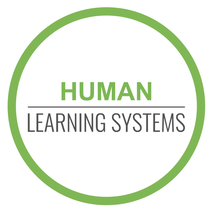Redesigning public services
Redefining the public sector, using systemic thinking, complexity & the liberated method
We cannot keep doing what we have been doing in the public sector, it's not working anymore. Simply looking at our current problems, and attempting to cut costs, or fix each problem in isolation, fails to create good services.
Looking at public service as a whole system, allows you to understand the complex issues with your current service design and delivery. Taking iterative steps forward then allows you to focus on value to trial new approaches and evaluate the best way forward. The liberated method, locality and strength based working frees up your staff to work together in ways that directly affect your residents needs.
Breaking through the barriers that constrain us.
Developing improved collaboration and seamless end to end service outcomes.
In the public sector this is defined by the liberated method, place based and strength based working.
Looking at public service as a whole system, allows you to understand the complex issues with your current service design and delivery. Taking iterative steps forward then allows you to focus on value to trial new approaches and evaluate the best way forward. The liberated method, locality and strength based working frees up your staff to work together in ways that directly affect your residents needs.
Breaking through the barriers that constrain us.
Developing improved collaboration and seamless end to end service outcomes.
In the public sector this is defined by the liberated method, place based and strength based working.
- Coaching your internal consultants to do this.
Collaborative, partnering, hubs, joined up person centred working that works sustainably...
The effective delivery of public services lie in:
- Multi-service hubs and locality working. Engaging with community groups.
- Strength based person centred services & the liberated method.
- Whole service design, where digital is aligned with your service workflow.
- Collaborative working, breaking down silos.
- Redefining how we work with those in most need, through strengths rather than deficiency.
Here is a great liberated method example, written up in The Guardian
Human Learning Systems, HLS & the liberated method
Human Learning Systems is a collaborative initiative to pull together examples of progressive strength based systemic redesigns in the public sector across the UK and the EU. It applies alternative liberated method principles , that push past the underlying barriers to new ways of working. HLS uses a set of systemic concepts and methods that recognise the complex systemic nature of human interactions, that are key to designing public and local government services.






